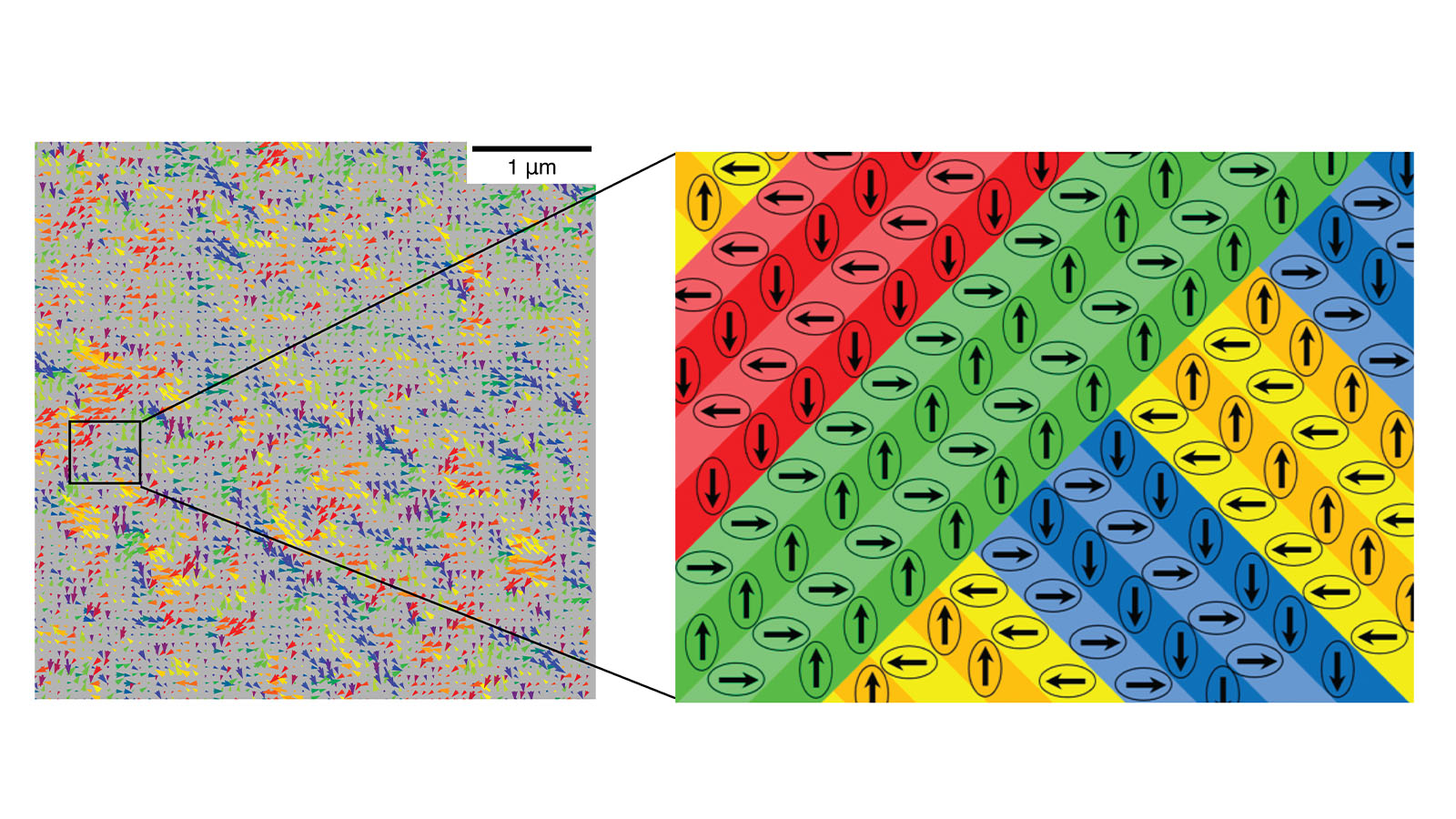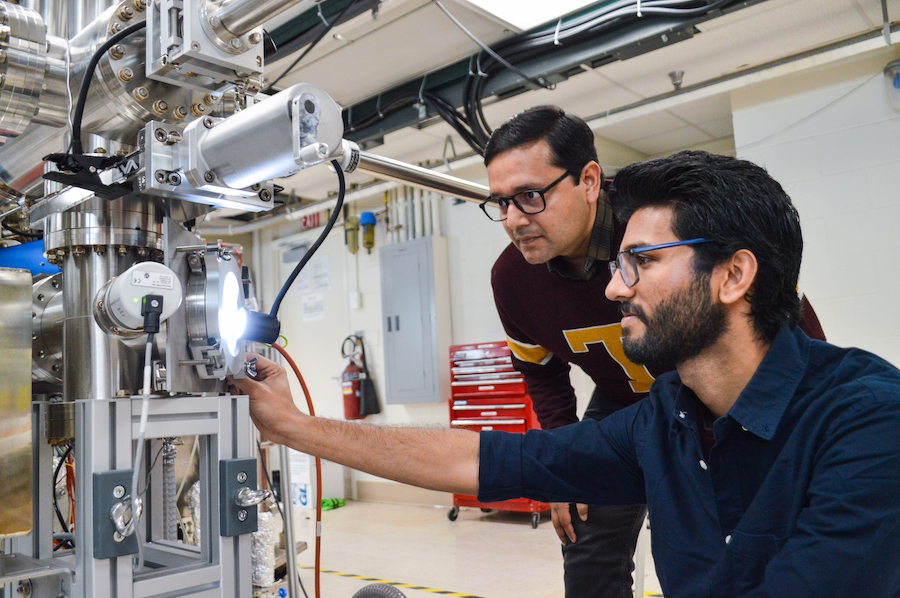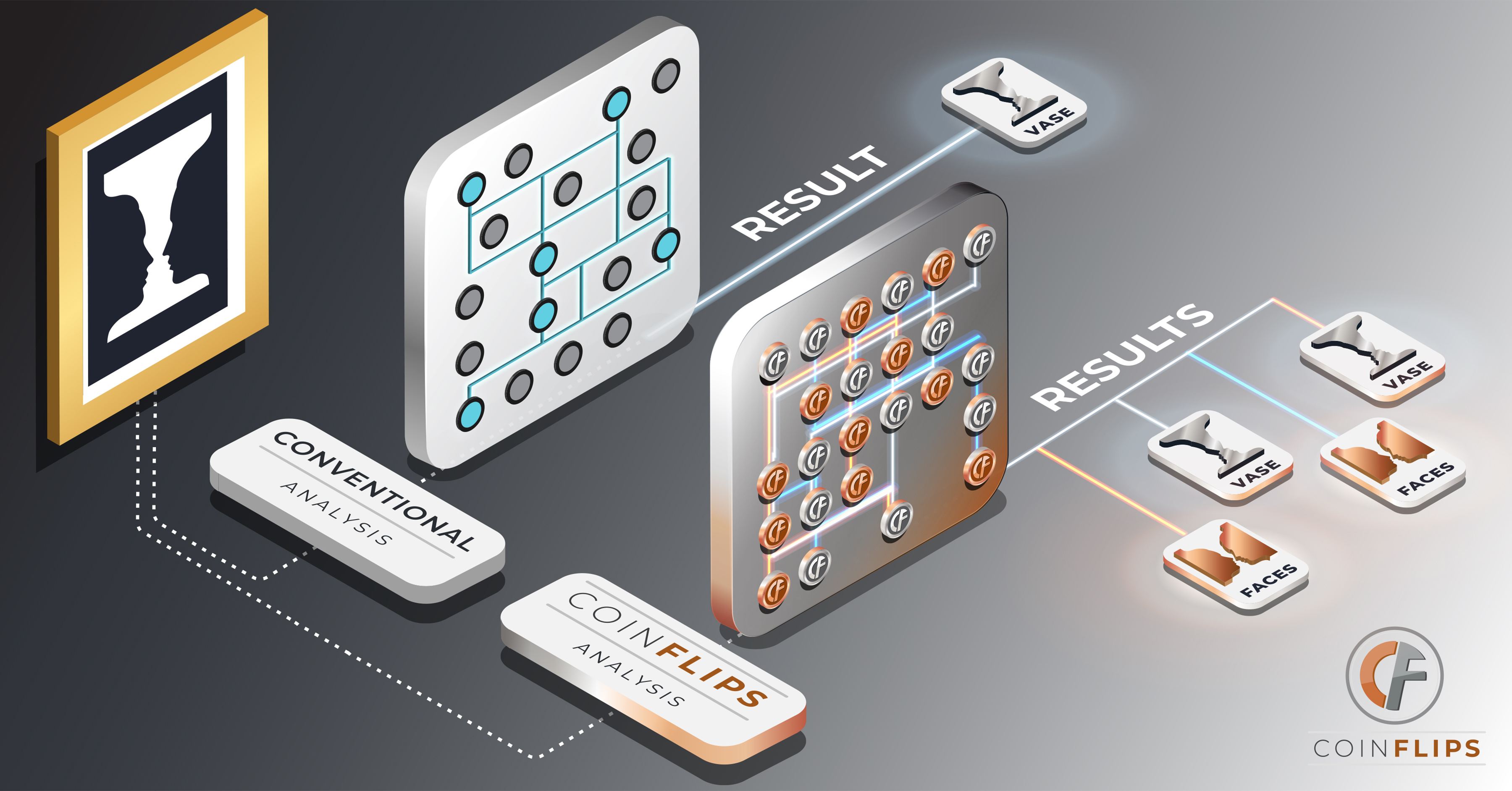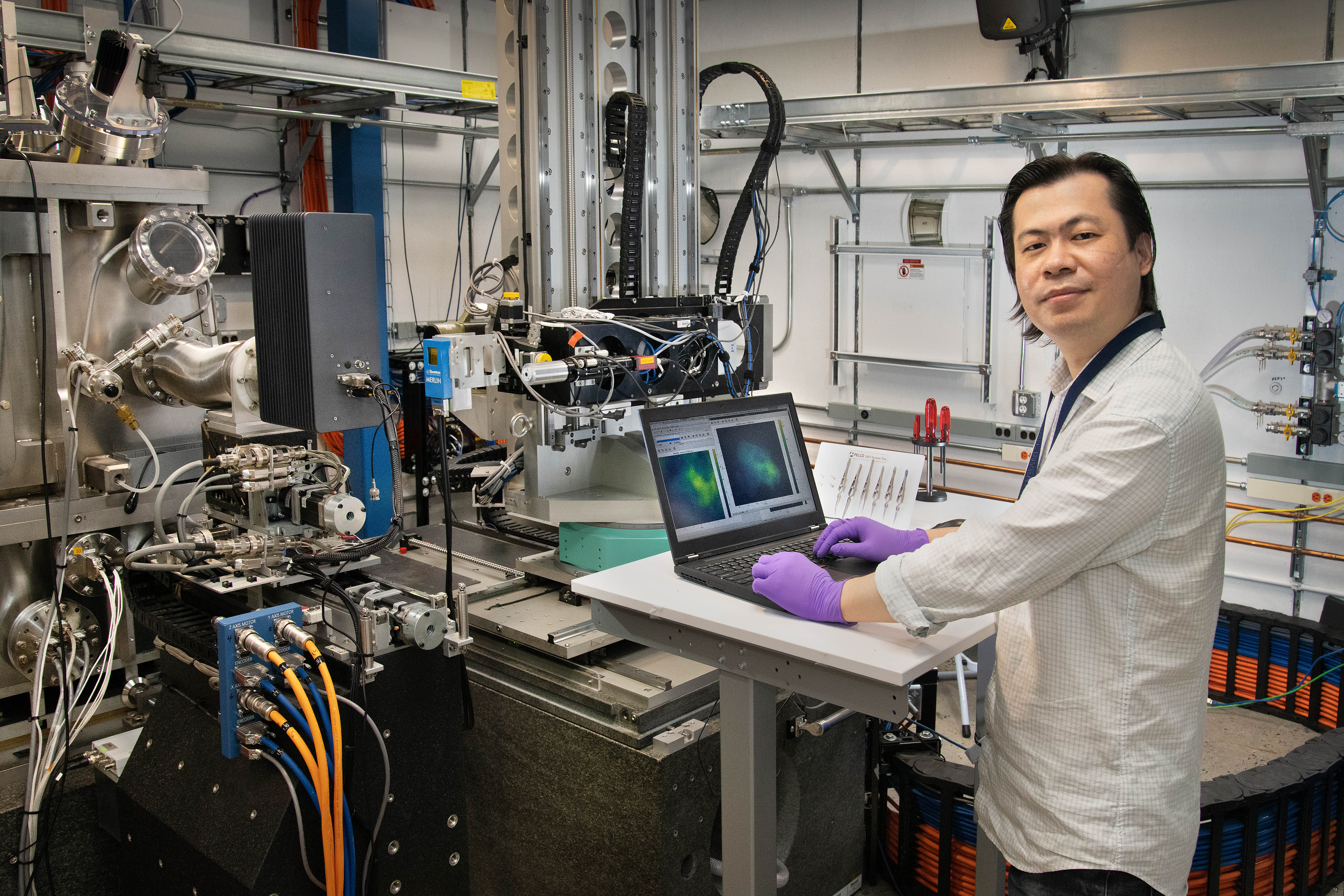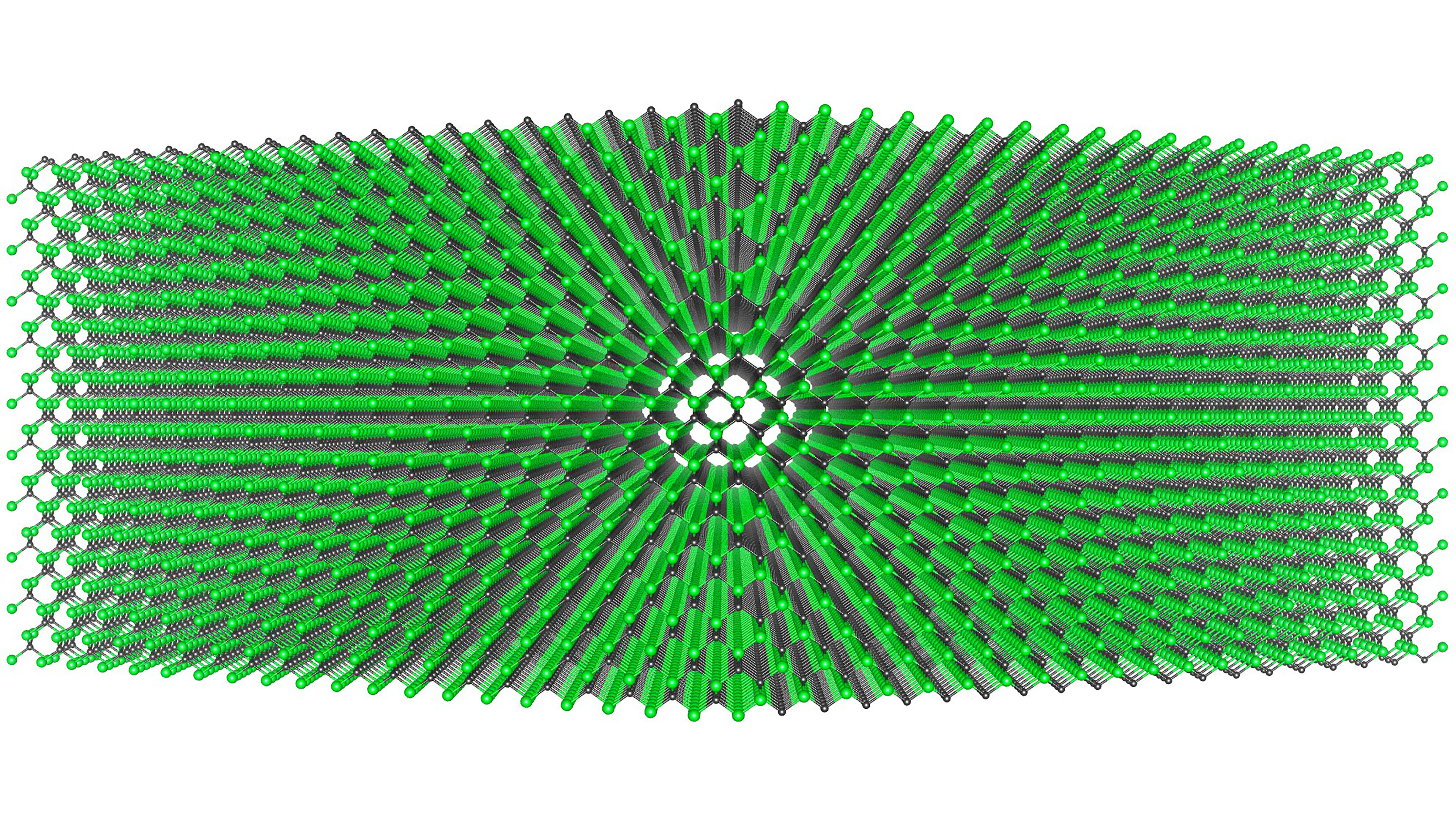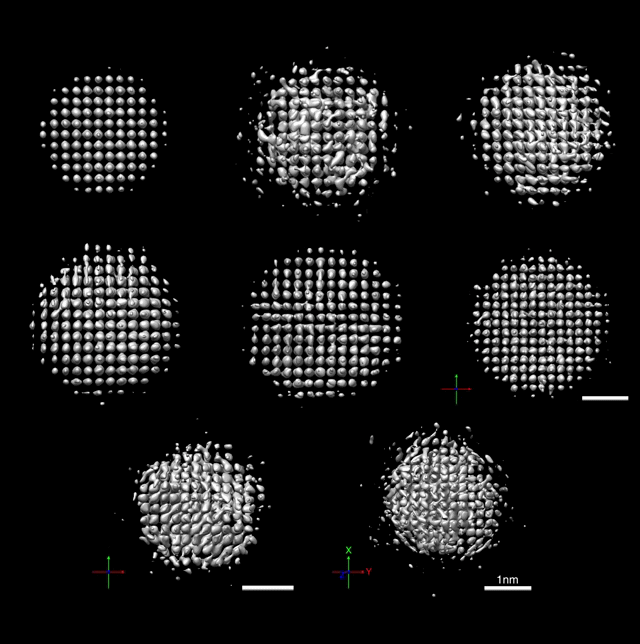The U.S. Department of Energy (DOE) today announced $72 million in funding for small businesses to pursue scientific, clean energy, and climate research, development, and demonstration projects. The funding will support 296 projects across 44 states and addresses multiple topic areas, such as renewable energy, nuclear energy, cybersecurity, advanced materials and manufacturing, microelectronics, and artificial intelligence. Today’s announcement underscores the Biden-Harris Administration’s deep commitment to advancing innovative climate solutions and strengthening America’s global scientific leadership, which are critical to achieving the President’s goal of a carbon-free grid by 2035 and net-zero emissions by 2050.

